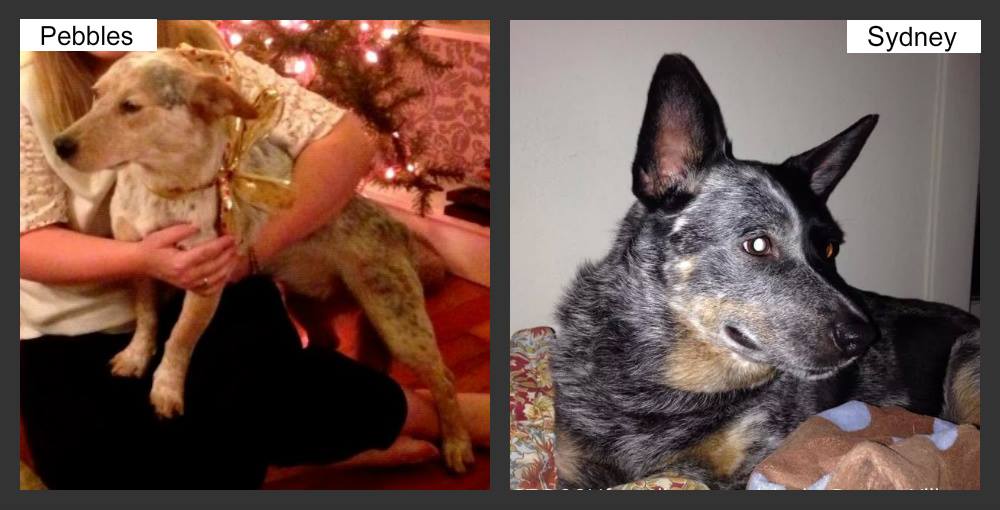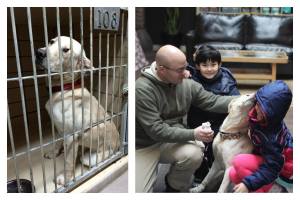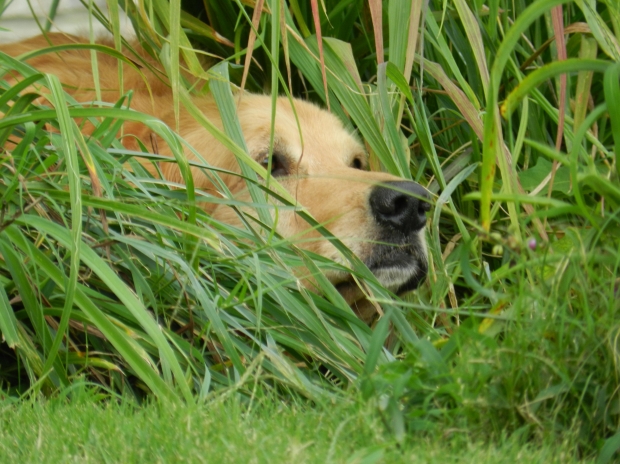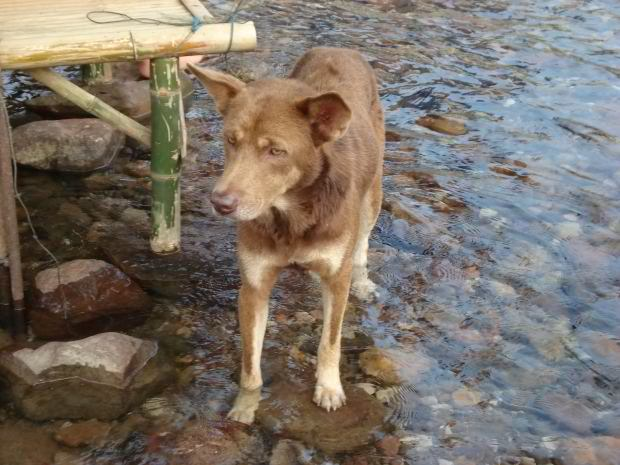Cook County, Illinois, population 5.2 million encompasses 1635 square miles and includes the City of Chicago, the third most populous city in the United States (2.7 million citizens).
If you assume that Cook County residents mirror the national average, then over 65% of households own a pet. With many households owning more than one pet, it can be safely  assumed that there are potentially several million owned pets in Cook County, Illinois.
assumed that there are potentially several million owned pets in Cook County, Illinois.
When these pets go missing, where do they go? Where are they taken? That’s where the real mystery begins.
Since dogs and cats have four legs and walk, we can safely assume that many lost pets venture outside of their local “jurisdiction”. There are over 130 municipalities (excluding Chicago) in Cook County. These municipalities have “stray holding” agreements with various facilities including shelters, vet clinics, and police departments. These facilities do not cross-communicate with each other. In fact, most of these facilities do not even post photos online of the lost pets they have impounded. It is also very common for a Good Samaritan who finds a lost pet to take it to the “wrong” facility (outside of the jurisdiction where it was found), complicating matters even further.
Many lost pets go unclaimed because it is virtually impossible for the average citizen to figure out the “system”. The owners are looking, but not in the right place and the shelters make the false assumption that the animal is a “stray” or has been “dumped”. Then factor in that a large percentage of the urban population speak limited English, have limited finances, transportation and computer access. They may work two jobs or shift work, and cannot visit the stray holding facility during normal business hours. If by a stroke of luck, a lost pet IS located, reclaim fees are often so high that the owner can not afford them. (For example, fees at Golf Rose Animal Hospital are as high $35 per night for some contracted cities).
Unfortunately, the outcome for many of these pets is death. “Pet Overpopulation” is blamed, and efforts to increase adoptions and speedy transfers to rescue groups are introduced. These pets don’t need a new home. They already have one. They need to go home.
Here is a limited sampling of some of the stray holding facilities in Cook County. If you live in any of the cities or municipalities that are not listed, please call your local non-emergency police number and ask where a stray animal is held. Then call the facility and ask if they post pictures of impounded pets on their Facebook page or website. When you have gathered this information please email it to us at lostdogsil@gmail.com so we can update our list.
City of Chicago Animal Care and Control. Found pets are posted on Petharbor but not on any social media sites. There is no proactive program in place to get lost pets back home. Owners must wait for guided group “tours” of the facility to see if they recognize their impounded pet.
Cook County Animal and Rabies Control – No facility. No listing on their website to indicate where the lost pets for the over 130 municipalities in Cook County are taken. No database of “found” animal pictures. No pictures on social media.
Animal Welfare League holds “found” animals for the unincorporated section of Cook County and maybe other cities. No listing of which municipalities contract their services are on their website. No pictures of “found” animals on their website or Facebook page.
Golf Rose Animal Hospital is the holding facility for the following:
– Schaumburg – Hoffman Estates
– Palatine – Elgin
– Barrington Hills – South Barrington
– Arlington Heights – Rolling Meadows
– Roselle – Mt. Prospect
– Carpentersville – South Elgin (part time)
– Elk Grove Village (Emergency Medical Only)
– Certain unincorporated areas of Cook County
No pictures are posted on Golf Rose Facebook page or website. As far as we know, there are no pictures posted on any City Facebook pages.
How do we resolve the issues of Cook County’s animal control system? Please speak out 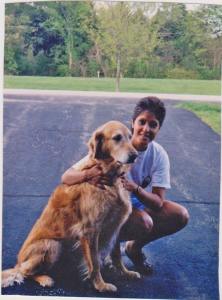 strongly to your local elected officials about this issue. They are our pets, and we deserve the right to know where they are being housed. Simple changes like posting “found” dogs pictures on social media/website or posting the list of stray holding facilities website can make a huge difference.
strongly to your local elected officials about this issue. They are our pets, and we deserve the right to know where they are being housed. Simple changes like posting “found” dogs pictures on social media/website or posting the list of stray holding facilities website can make a huge difference.
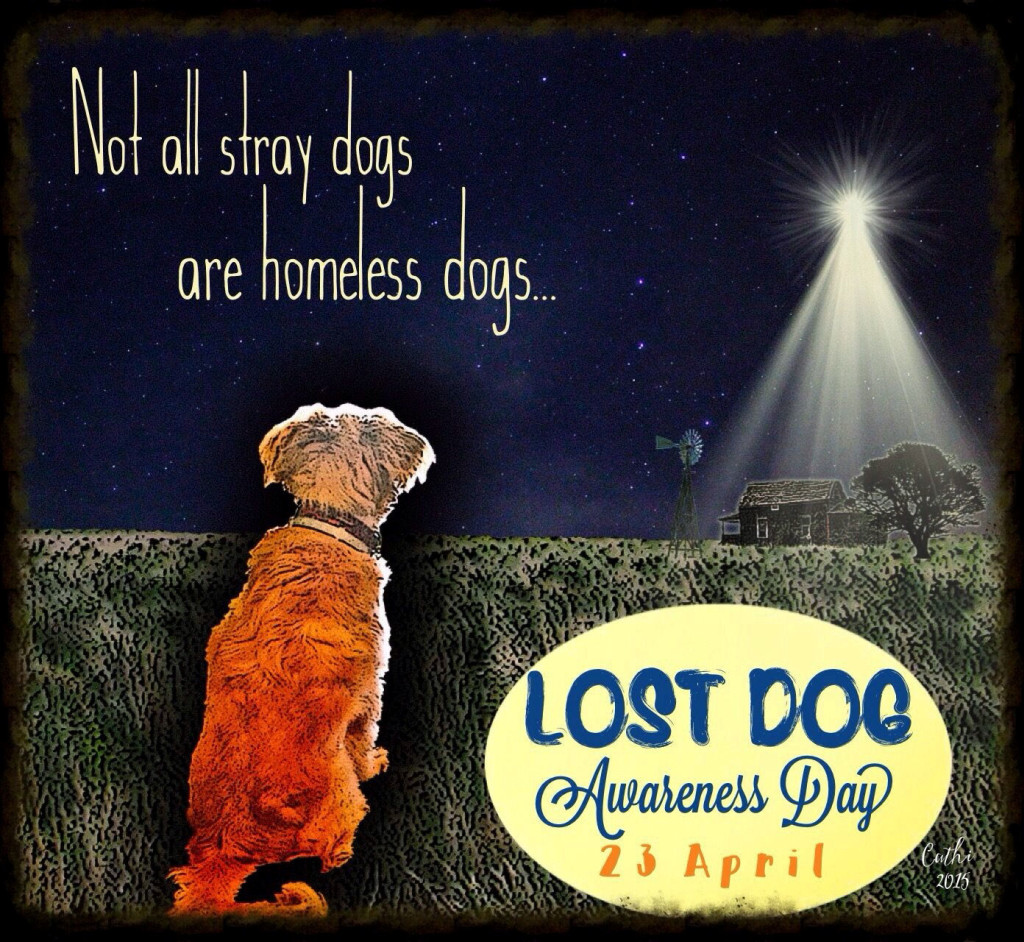 We are gearing up for the second annual National Lost Dogs Awareness Day which is Thursday April, 23rd. We are reaching out all over the nation to increase awareness and to show that not all stray dogs are homeless. Most have a family out there frantically searching for them. They don’t need a new home, they just need help getting back home.
We are gearing up for the second annual National Lost Dogs Awareness Day which is Thursday April, 23rd. We are reaching out all over the nation to increase awareness and to show that not all stray dogs are homeless. Most have a family out there frantically searching for them. They don’t need a new home, they just need help getting back home.



